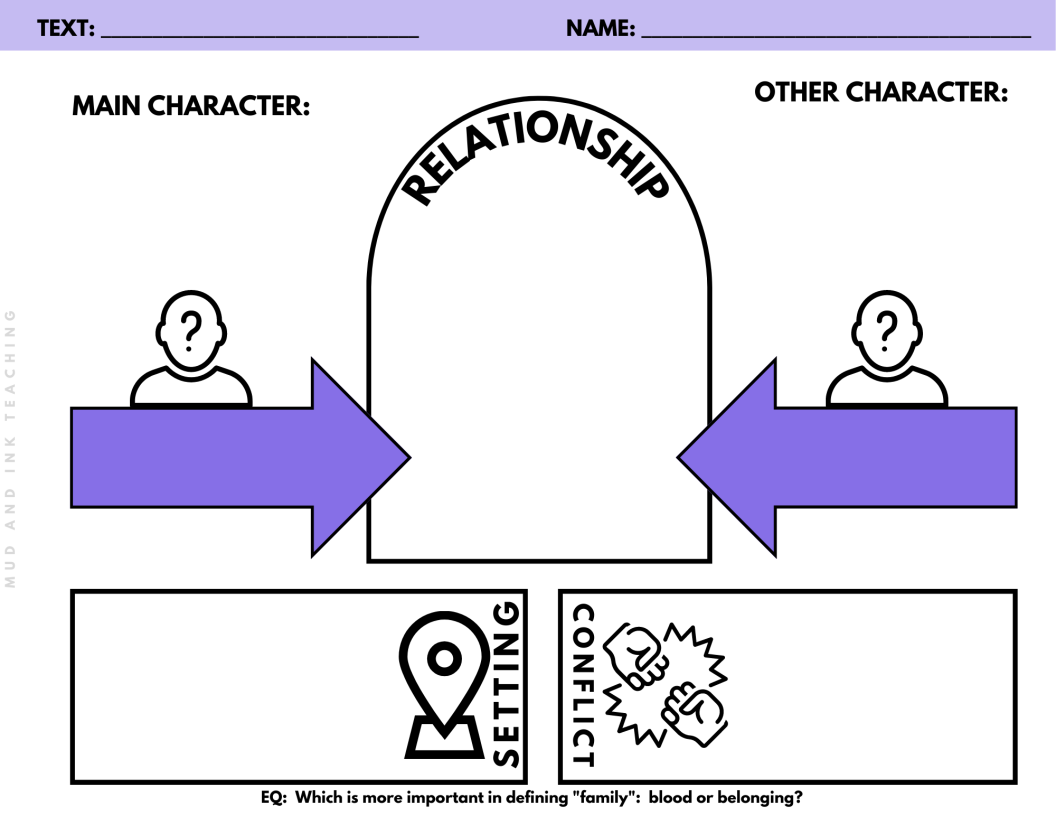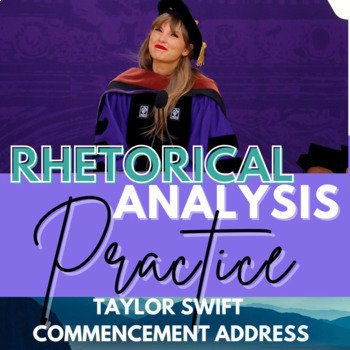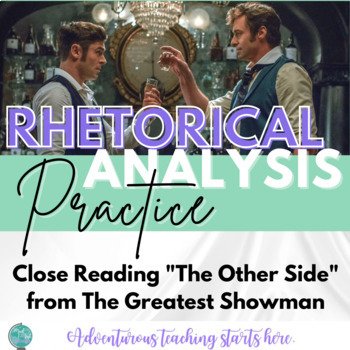5 Ways to Look at the Magic of Clarisse in your Fahrenheit 451 Unit
Now, more than ever, we need to have Fahrenheit 451 in front of our students. From the new onset of AI technology to the daily threats of our intellectual and academic freedom, Fahrenheit provides windows, mirrors, and doors into our present and our future. While Montag’s transformation, the working symbolism, and general dystopian world-building are all incredibly important pieces to focus on, I’d like to argue that it’s possible we need Clarisse McClellan the most.
Clarisse.
The enigma.
The one character my students always feel collective sorrow for losing.
She brings us so much in this story but in the chaos of teaching and planning, her magic can be looked over. I’m here to help! Here are the most powerful places to let Clarisse step into the moonlight (too cheesy?):
SKILLS: CHARACTERIZATION - FOIL AND/OR STATIC
One of the very first close reading lessons that we do is a side-by-side close reading between the first introduction of Montag and the first introduction of Clarisse. Between the imagery drawn from nature to the colors used in their description, this is a great place to clearly teach the purpose of a foil or static character. Clarisse’s constancy — her unwavering commitment to being exactly who she is and refusing to conform — is what allows us to see Montag’s transformation. There is a distinct “Montag before Clarisse” and “Montag after Clarisse”. Not all literature gives us such a clear angle to teach this piece of literary craft and I highly recommend using close reading to do this.
SKILLS: FIGURATIVE LANGUAGE - SYMBOLISM
Clarisse is nature. She is water. She is the dew drops on the grass. She is the wind. As we learn about symbolism and track it throughout the novel, Clarisse’s symbols connect our readers to hope and humanity. Clarisse's appreciation for the natural world and her desire to connect with it on a personal level stand in stark contrast to the technology-obsessed, disconnected world of the novel. Clarisse (and her many objects) are a symbol of hope and resistance against a dystopian society. Her existence and actions inspire the protagonist Montag, and by extension, readers, to consider the possibility of change and a better future.
THEMES: HUMAN CONNECTION
If you’ve ever looked around your classroom, I bet you’ve seen phones peeking out of hoodie pockets, fingers flipping through TikTok, and wondered: what on Earth does the future have in store for us? Clarisse is our character to bring everyone back to our humanity (while Mildred does a fine job of warning students of the consequences of continued obsessive technology behavior). Clarisse seeks genuine human connections and meaningful conversations in a world where people are more interested in mindless entertainment and shallow interactions through screens. Her character highlights the importance of real, face-to-face relationships, and every year that I’ve taught this, students DO connect to her. Students DO express the feeling that they’d much rather a world full of Clarisses than a world full of Mildreds.
All of the contrast provided by Clarisse gives us ample opportunity to close read and discuss the roles of other characters. When we look at the Montag and Mildred’s marriage, it is one thing by itself, and an entirely different thing when we consider Clarisse’s impact. Beatty and Montag also have a distinct relationship, and that is shifted entirely as Clarisee’s impact works its way between them.
THEMES: INDIVIDUALITY & QUIET REBELLION
In my Fahrenheit 451 unit, we examine the Essential Question: To what extent is rebellion a requirement for society to progress? Again, Montag typically sits at the center of this conversation, but none of his transformation would be possible without Clarisse. Clarisse values her individuality and refuses to conform to the mindless consumerism and thoughtlessness of her society. Her character serves as a reminder of the importance of maintaining one's unique identity in the face of societal pressures - something that is becoming increasingly harder to do for us as adults and especially for students. She thinks deeply and critically about the world around her. She questions the conformity and superficiality of her society, encouraging readers to do the same in their own lives. Her love for books and the ideas they contain represents a rebellion against a society that burns books to control information and thought. This underscores the importance of literature and the free exchange of ideas.
THEMES: THE POWER OF FEAR
Clarisse might be the first person that Montag has ever heard ask a question, much less questioning authority. She challenges the oppressive government and the censorship of books - and in doing so, is killed. The cost of her quiet rebellion, the cost of keeping the lights on, having conversations, and asking questions…the cost was her life. This underscores the power of fear: when we are afraid of what we don’t understand, fear can convince us to take extreme action in an effort to protect our comfort zone. This might be one of the most important themes for students to take away from studying the novel. Clarisse made Montag uncomfortable, but she also brought him out of the dark and into the light. As we work through Beatty’s speech in Part 1, I like to ask students what Clarisse’s reaction would be to what Beatty is reporting. In so many of Montag’s major close reading moments (moments of transformation), his last trailing thought always comes back to Clarisse and the feeling of her closeness and the painful reality of her loss.
Ready to go all-in on Fahrenheit?
If you’re ready to take the leap and transform the way you’ve always taught Fahrenheit or start teaching it for the first time, I have you covered. My complete unit is designed to take you through 5-6 weeks of inquiry driven, student-centered learning. Learn more about the unit here and be sure to click PREVIEW to take a look inside!



























